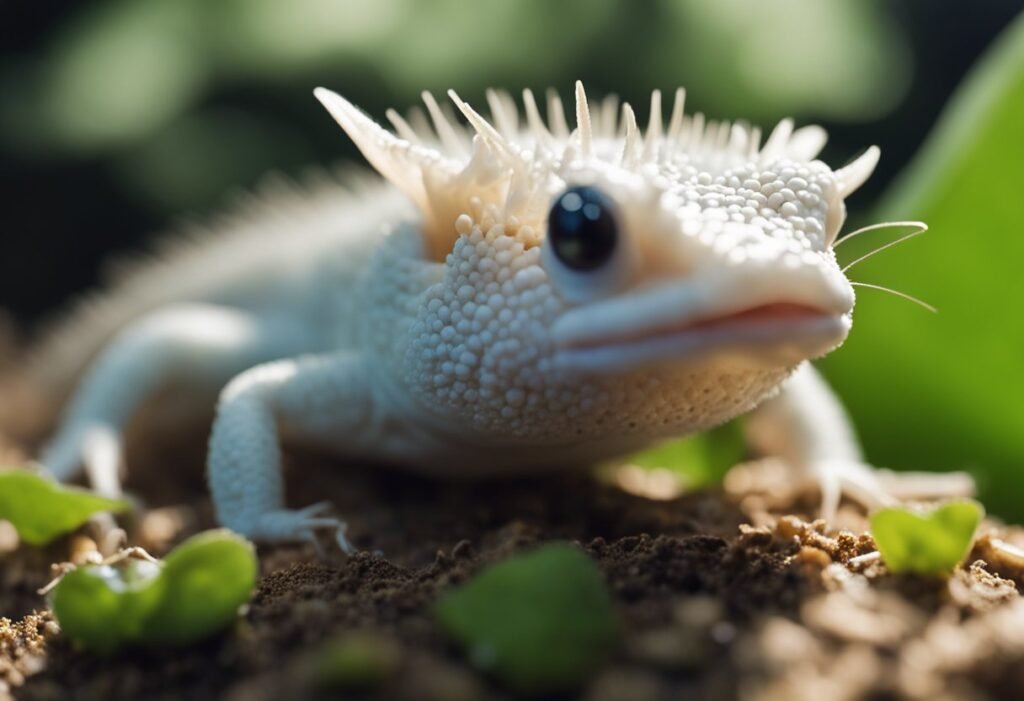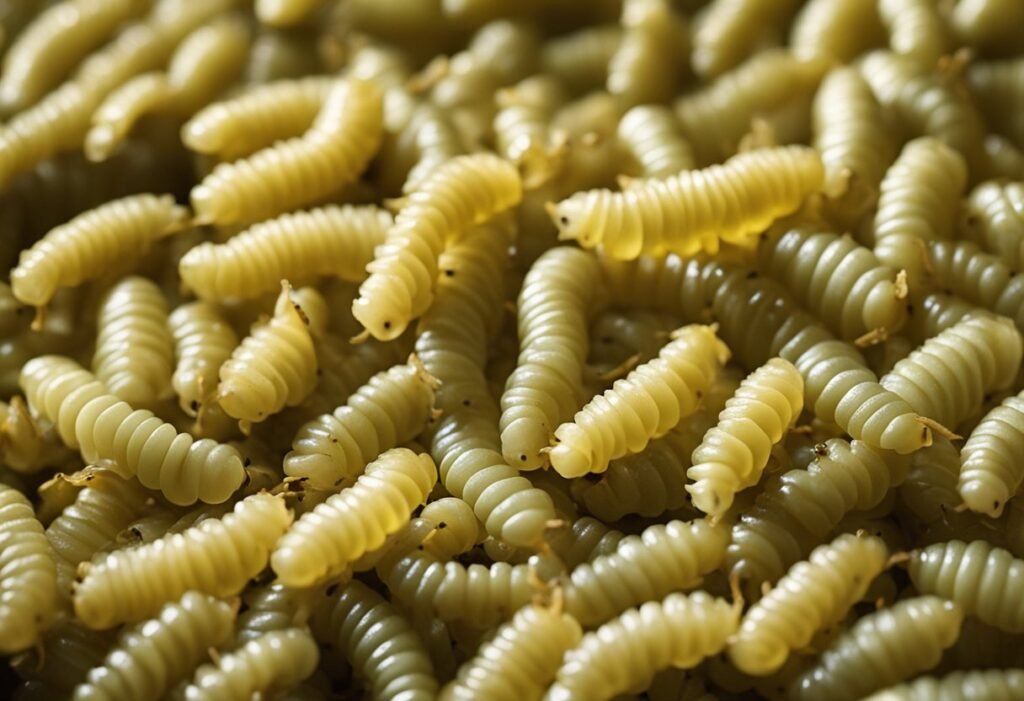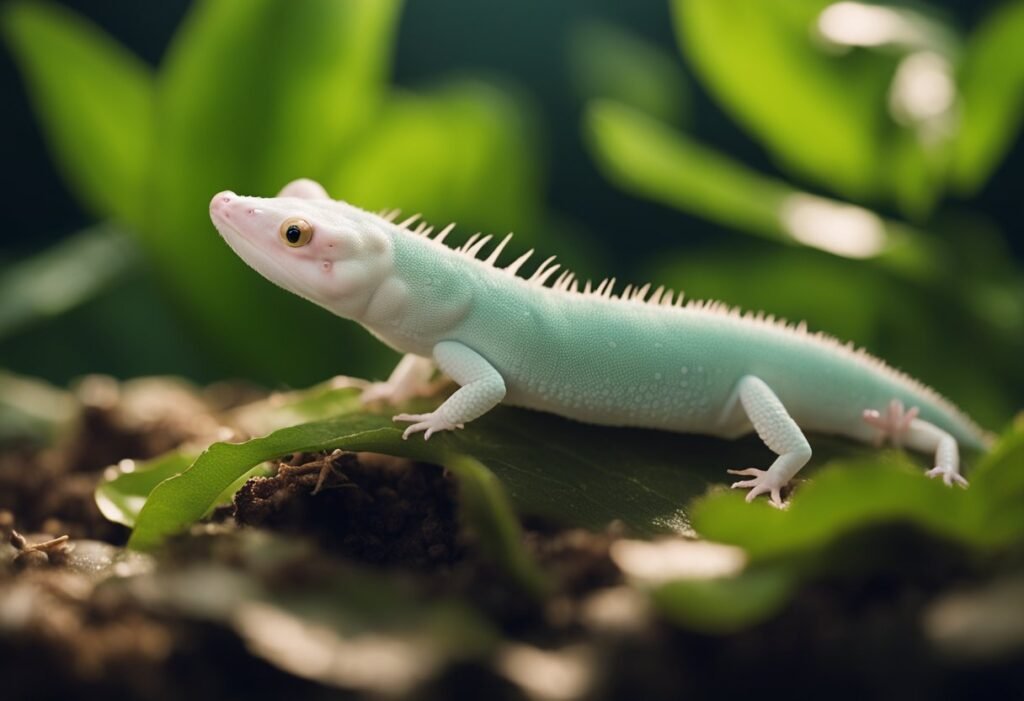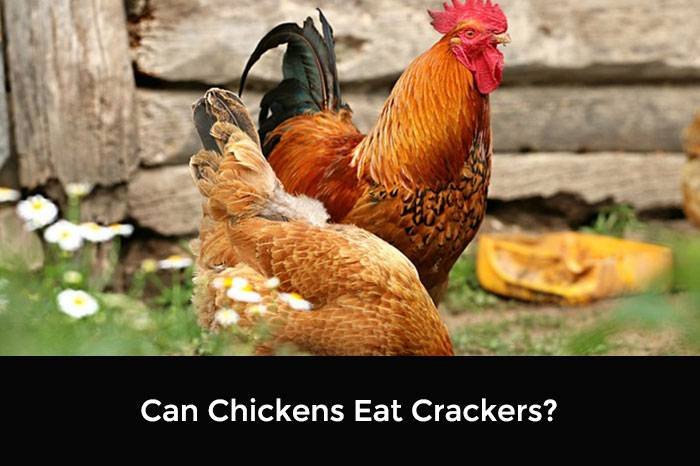Axolotls are fascinating creatures that have become increasingly popular as pets in recent years. As with any pet, it is important to ensure that they are receiving a well-balanced diet that meets their nutritional needs. One question that often arises among axolotl owners is whether or not they can eat wax worms.

Wax worms are a popular feeder insect for many reptiles and amphibians due to their high fat content and soft exoskeleton. However, it is important to consider whether or not wax worms are a suitable food source for axolotls. In this article, we will explore the nutritional value of wax worms and whether or not they should be included in an axolotl’s diet.
Understanding Axolotls’ Diet

Axolotls are carnivorous and primarily eat live prey, such as worms, insects, and small fish. Their diet should be high in protein and low in fat. It’s important to provide a varied diet to ensure they receive all necessary nutrients.
One popular food choice for axolotls is wax worms. Wax worms are the larvae of wax moths and are high in fat and protein. While they can be fed to axolotls occasionally, they should not be a staple food. Too many wax worms can lead to obesity and other health issues.
Other suitable food options for axolotls include earthworms, bloodworms, brine shrimp, and small pieces of fish. It’s important to avoid feeding them large prey or prey that is too tough for them to digest.
Axolotls should be fed once a day or every other day, depending on their size and age. It’s important to monitor their weight and adjust their diet accordingly. Overfeeding can lead to health issues, such as bloating and fatty liver disease.
In summary, axolotls require a diet high in protein and low in fat, with a variety of live prey options. Wax worms can be fed occasionally, but should not be a staple food. It’s important to monitor their diet and adjust accordingly to ensure their health and well-being.
Wax Worms: An Overview

Wax worms are the larvae of the wax moth, also known as Galleria mellonella. They are commonly used as live feed for various reptiles, birds, and amphibians. Wax worms are known for their high-fat content and soft exoskeleton, making them a great source of nutrition for pets that require a high-fat diet.
Wax worms are easy to care for and can be stored for a long time. They can be purchased from pet stores or online retailers. Wax worms are typically sold in small cups or containers that contain a substrate for the larvae to feed on.
It is important to note that while wax worms are a great source of nutrition for some pets, they should not be the sole source of food. A balanced diet consisting of different types of feeders is necessary to ensure proper nutrition. Additionally, wax worms should not be fed to pets that are prone to obesity or have a history of digestive issues.
In summary, wax worms are a popular feeder insect for pets that require a high-fat diet. They are easy to care for and can be stored for a long time. However, they should not be the sole source of food and should be fed in moderation.
Nutritional Value of Wax Worms

Wax worms are the larvae of the wax moth and are commonly used as a food source for reptiles, birds, and other animals. They are high in fat and protein, which makes them a nutritious food item for many animals.
In terms of macronutrients, wax worms are high in fat, with approximately 22% fat content. They also contain around 15% protein and 3% carbohydrates. Additionally, they are a good source of vitamins and minerals, including calcium, iron, and potassium.
However, it is important to note that wax worms should not be the sole source of nutrition for any animal, including axolotls. While they do provide valuable nutrients, they lack other essential vitamins and minerals that axolotls need to thrive.
In summary, wax worms can be a nutritious addition to an axolotl’s diet, but should not be relied upon as the primary food source. A balanced diet that includes a variety of foods is essential for the health and well-being of axolotls.
Can Axolotls Eat Wax Worms?

Wax worms are a popular feeder insect for many reptiles and amphibians, but can they be safely fed to axolotls? After conducting research and consulting with experts, we have found that axolotls can eat wax worms, but they should not be a staple part of their diet.
Wax worms are high in fat and low in nutritional value, which can lead to health problems for axolotls if they are fed too often. It is recommended that wax worms are only given as an occasional treat, and should not make up more than 5% of an axolotl’s diet.
Axolotls are primarily carnivorous and require a diet high in protein. Feeder insects such as blackworms, bloodworms, and earthworms are a more nutritious option for axolotls. It is important to ensure that any feeder insects given to axolotls are appropriately sized and not too large, as this can cause digestive issues and potentially harm the axolotl.
In summary, while axolotls can eat wax worms, they should only be given as a treat and not a regular part of their diet. Feeder insects such as blackworms, bloodworms, and earthworms are a more nutritious option for axolotls and should make up the majority of their diet.
How to Feed Wax Worms to Axolotls
Feeding wax worms to axolotls can be a great way to provide them with a nutritious and tasty treat. However, it’s important to do it correctly to avoid any potential health issues. Here are some tips on how to feed wax worms to axolotls:
- Choose high-quality wax worms: When selecting wax worms, make sure they are fresh and healthy. Avoid any that look discolored or have a foul odor. You can purchase wax worms from pet stores or online.
- Feed in moderation: Wax worms are high in fat and should be fed in moderation. We recommend feeding them as a treat no more than once or twice a week. Overfeeding can lead to obesity and other health problems.
- Cut them up: Wax worms are quite large for axolotls to swallow whole. We recommend cutting them into smaller pieces before feeding. This will also make it easier for your axolotl to digest them.
- Don’t leave them in the tank: If your axolotl doesn’t eat the wax worms right away, remove them from the tank after 10-15 minutes. Leaving them in the tank can pollute the water and harm your axolotl.
- Offer a variety of foods: Wax worms should not be the only food your axolotl eats. Make sure to offer a balanced diet that includes pellets, worms, and other treats.
By following these tips, you can safely and effectively feed wax worms to your axolotl. Remember to always monitor your axolotl’s health and adjust their diet as needed.
Possible Risks and Precautions
When feeding axolotls wax worms, there are a few possible risks and precautions to keep in mind.
Firstly, wax worms are high in fat and should only be fed as an occasional treat in small quantities. Overfeeding wax worms can lead to obesity and other health issues in axolotls.
Secondly, wax worms have a tough exoskeleton that can be difficult for axolotls to digest. To make it easier for axolotls to digest, it is recommended to gut-load the wax worms with a nutritious meal before feeding them to axolotls.
Thirdly, wax worms are known to carry parasites and bacteria. It is important to purchase wax worms from a reputable source and to inspect them carefully before feeding them to axolotls. If the wax worms appear unhealthy or have a foul smell, they should not be fed to axolotls.
Lastly, axolotls should not be fed wax worms exclusively. A balanced diet consisting of a variety of foods, including pellets, worms, and small fish, is essential for the overall health of axolotls.
In summary, while wax worms can be a tasty treat for axolotls, it is important to feed them in moderation and take precautions to ensure their safety and health.
Alternatives to Wax Worms in Axolotls’ Diet
When it comes to feeding axolotls, it’s important to provide a varied diet to ensure they receive all the necessary nutrients. While wax worms can be a great treat, they should not be the sole source of food for your axolotl. Here are some alternatives to consider:
- Earthworms: Earthworms are a great source of protein and are easy to find at bait shops or in your own backyard. They are also a natural part of an axolotl’s diet in the wild.
- Bloodworms: Bloodworms are a popular choice for feeding aquarium fish, but they can also be a great option for axolotls. They are high in protein and can be purchased frozen or live.
- Brine shrimp: Brine shrimp are another popular option for aquarium fish, and they are also a good choice for axolotls. They are high in protein and can be purchased frozen or live.
- Pellets: Pellets specifically formulated for axolotls can be a convenient and nutritious option. Look for pellets that contain high-quality protein sources and are free from fillers and artificial preservatives.
When introducing new foods to your axolotl’s diet, it’s important to do so gradually to avoid digestive issues. Offer small amounts of the new food and monitor your axolotl’s behavior and health closely. With a varied diet, your axolotl will be healthy and happy.
Conclusion
In conclusion, while wax worms are a tasty treat for axolotls, they should not be a staple part of their diet. Axolotls require a varied diet that includes a mix of protein sources, vegetables, and other supplements to ensure they receive all the necessary nutrients. Wax worms can be high in fat and low in nutrients, so feeding them to axolotls too often can lead to health issues such as obesity.
We recommend offering wax worms as an occasional treat or snack, rather than a regular part of their diet. It’s important to remember that axolotls have different dietary needs based on their age, size, and activity level, so it’s best to consult with a veterinarian or experienced axolotl owner to determine the best feeding schedule for your pet.
Overall, axolotls are fascinating and unique creatures that require a specialized diet to thrive. By providing a balanced and varied diet, including occasional treats like wax worms, you can help your axolotl live a long and healthy life.
Frequently Asked Questions
What can axolotls eat besides wax worms?
Axolotls can eat a variety of foods, including pellets, frozen or live foods such as bloodworms, brine shrimp, and daphnia. It is important to provide a balanced diet and not rely solely on one type of food.
Can axolotls eat worms from the garden?
Axolotls can eat worms from the garden, but it is important to ensure that the worms are not contaminated with pesticides or other harmful chemicals. It is recommended to avoid feeding wild-caught worms to axolotls.
Where can I buy earthworms for my axolotl?
Earthworms can be purchased at most pet stores or online. It is important to ensure that the earthworms are fresh and not contaminated with harmful chemicals or parasites.
What other types of worms can axolotls eat?
Axolotls can also eat blackworms, red wigglers, and mealworms. It is important to ensure that the worms are not too large for the axolotl to swallow and that they are not contaminated with harmful chemicals or parasites.
Can axolotls eat beef heart as a food source?
Beef heart is not recommended as a food source for axolotls. It is high in fat and can lead to digestive issues and other health problems.
Can nightcrawlers or super worms be fed to axolotls?
Nightcrawlers and super worms are not recommended as a food source for axolotls. They are too large for axolotls to swallow and can cause digestive issues and other health problems.





